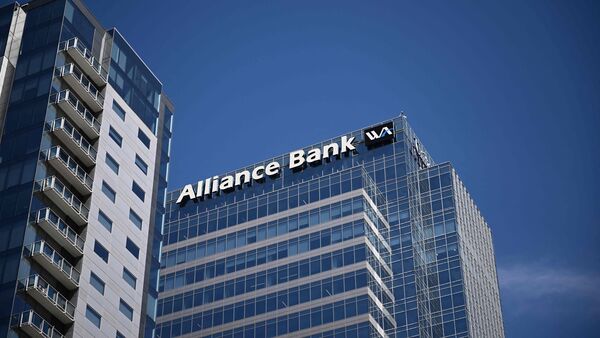Even once the debt ceiling is resolved, there may be more plot twists for American companies—especially deposit-hungry banks.
Ending the standoff will enable the U.S. Treasury to raise cash to pay its bills. Normally that is a dull part of the financial system’s plumbing, but these aren’t normal times for many banks. And since the Treasury also must refill a huge hole that the multimonth drama has forced it to dig, the refunding process could add to the competition for the cash of savers and investors. That would exacerbate worries about banks’ funding.
Just as higher interest rates have put pressure on banks to pay savers more, there has been a systemwide shrinking of deposits. One reason is so-called quantitative tightening, with the Federal Reserve ending its pandemic bond-buying spree. Another has been the Fed’s overnight reverse repurchase agreement facility, or reverse repos, which absorbs cash from investors such as money-market funds. For about the past year, it has been running north of $2 trillion and currently offers a 5.05% rate. Soon the Treasury’s coffers will be another place for money to flow.
“Despite our sanguine view on default and the high probability of a deal in the coming days, we still see the potential for downside risks to risk assets and to the ailing banking sector due to a flood of upcoming Treasury issuance after a deal is struck,” Jefferies U.S. economist Thomas Simons wrote in a recent note.
The reverse repo facility could act as a shock absorber for banks, essentially providing a lot of the money used to buy Treasurys. Money-market funds currently hold about 11% of the Treasury-bill market, down from an average of about a quarter in 2018 and 2019, according to recent data compiled by JPMorgan fixed-income strategists. Seeing that money flow from one government bucket to another is “effectively the most benign scenario for banking system liquidity,” the bank’s global markets strategists wrote in a recent note.
But banks could face additional competitive pressures during this process. In order for the Treasury to lure money-market funds out of reverse repo as debt buyers, these funds must be comfortable taking a bit more so-called duration risk—locking in what rate they earn. So yields on new bills will need to be sufficiently high, particularly if the market’s view is that the Fed still has more rate increases in store.
Bank of America rates strategist Mark Cabana thinks this dynamic may ultimately help push money-market fund yields a bit higher later this year. “If you’re a bank, you don’t care why money-market rates are rising, but that they are rising and you need to compete with them,” he said.
There are many variables in these complicated mechanics, but questions about how it might all play out and interact with the quantitative-tightening process will only fuel the backdrop of uncertainty around U.S. lenders. Even JPMorgan Chief Executive Jamie Dimon, leading the biggest bank, told the audience at the bank’s investor day meeting on Monday that “I’m probably more concerned by quantitative tightening than almost anybody in this room,” adding that “you see huge distortions in the marketplace already.”
It will be a relief to see a debt-ceiling deal struck, but it will hardly solve all of the market’s problems.
Write to Telis Demos at [email protected]
#Banks #DebtCeiling #Drama #Doesnt #Deal
